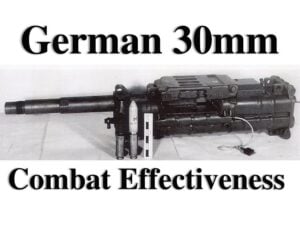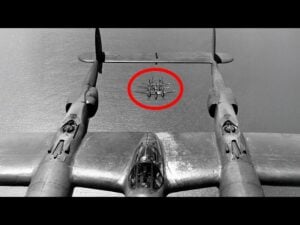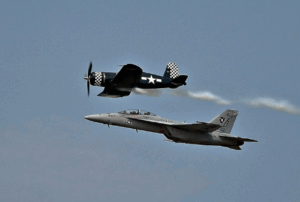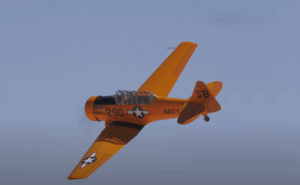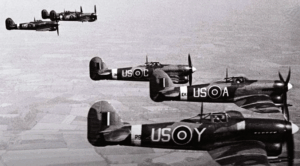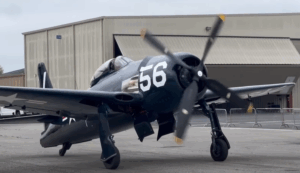How Helicopters Land In Rough Seas

YouTube / Not What You Think
Do you know that helicopters can routinely and safely land on the flight deck of smaller ships on rough seas while the ship is not only moving but also rolling from side to side? While this requires little room for error, these helicopter landings are actually quite easier than you think.

Numerous Factors
Wind speed, ship motion, and sea states affect helicopter landings at sea. Apart from that, the airwave from a ship’s superstructure can also affect the helicopter’s performance. These, along with other factors are combined into Ship Helicopter Operating Limits (SHOL.)

SHOL is a polar plot of acceptable conditions where performing flight operations is considered safe. Within these operating limits, a helicopter should be able to safely land. However, back in the day, landing a helicopter on rough seas was considered outside of the operating limits and not a practice.
The “Beartrap”
In the 1950s, the Navywanted to introduce ship-based helicopters for specific missions. However, not being able to land helicopters on high seas held back those plans. It was only until the late 1950s and early 1960s that the Royal Canadian Navy started experimenting with a device known as the “beartrap.”

This is a rectangular device that lets helicopters depart and land from smaller ships like frigates and destroyers in a variety of conditions, allowing the operation of helicopters on smaller vessels in rough seas.
It lets them handle 30 degrees of roll and high degrees of pitch during the day and night. Following the success of the beartrap, other the US Navy and the Royal Navy adopted similar technologies.
How It Works
A Canadian beartrap works when a probe is attached to a capable that’s lowered from the helicopter to the flight deck.

The crew, then using their bare hands, attaches the capable through the center of the bear trap to winch below the flight deck. The cable is then kept under constant tension and controlled by an automatic hydraulic system, synchronizing the helicopter with the ship.

As the pilot flies the helicopter down, the winch then pulls the helicopter’s main probe in the beartrap’s center which is then closed. Isn’t that neat!?














